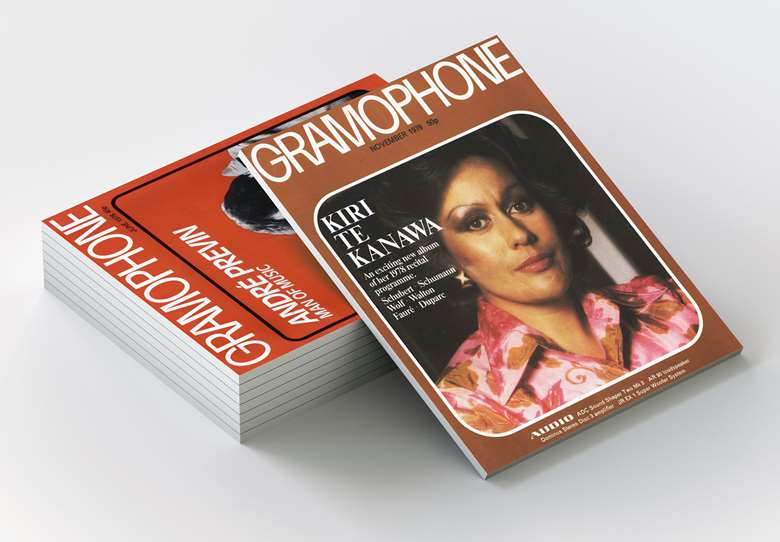Gramophone magazine: a history – the 1970s
James Jolly
Wednesday, January 17, 2024
Digital recording arrives, and a trailblazing independent label starts up in Sweden

Register now to continue reading
Thanks for exploring the Gramophone website. Sign up for a free account today to enjoy the following benefits:
- Free access to 3 subscriber-only articles per month
- Unlimited access to our news, podcasts and awards pages
- Free weekly email newsletter













